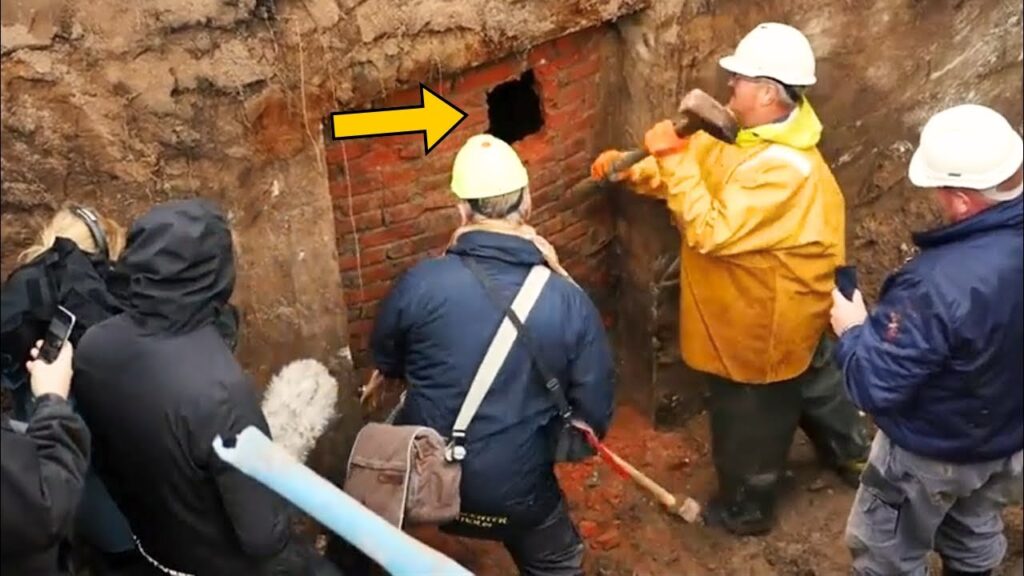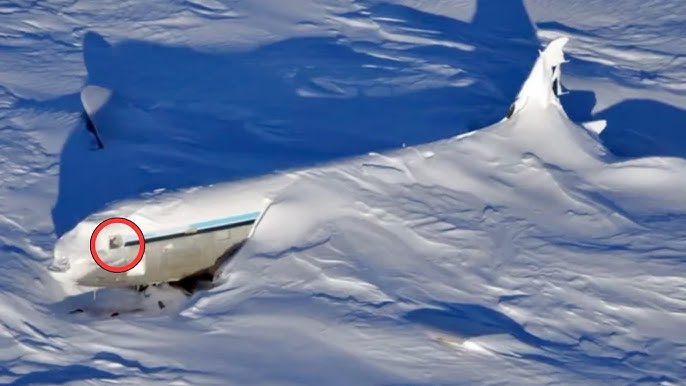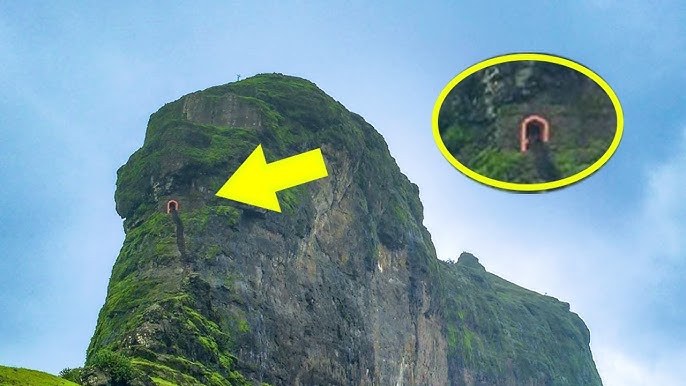
What began as a routine construction job in the heart of the city turned into a spine-chilling discovery that would ignite a journey through forgotten languages, ancient artifacts, and secrets buried for generations.
The morning had started like any other. A crew of construction workers was laying the foundation for a new apartment complex when the ground gave way beneath their feet. At first, they assumed it was just an old sewer line or an undocumented basement. But what they found was nothing listed on any blueprint, no reference on underground maps, and no historical indication that anything had ever stood on that patch of earth. What they unearthed was a stone wall—ancient, weathered, and completely out of place.
Covered in layers of dirt and debris, the wall concealed a hidden entrance, and beyond it, a bunker that hadn’t seen daylight in generations. Curiosity gave way to apprehension as the workers illuminated the space with their flashlights. What they saw drained the color from their faces.
The Descent into Darkness
Jorah, the captain of the crew, stepped forward. A practical man who normally dealt with permits and planning delays, he now stood before a riddle carved into stone. The room beyond the wall was vast, eerily silent, and meticulously constructed. This wasn’t a random underground space—it had the feel of deliberate design, purpose, and age. Intricate symbols covered the walls, etched deep into the stone, as though whoever built it wanted their message to last forever.
These markings weren’t graffiti. They weren’t familiar hieroglyphs or known ancient languages. They were alien to modern eyes—symmetrical, complex, and haunting. Jorah was instantly hooked. Where others saw an obstacle, he saw a calling.
Despite the temptation to explore further, Jorah made a difficult decision. The locked door at the far end of the bunker was sealed tight, its rusted lock like a guardian of whatever lay beyond. He wouldn’t force it—not yet. Instead, he resealed the entrance and returned to the surface, now a man consumed by questions.
The Obsession Begins
Construction came to a grinding halt. For the first time in his career, Jorah found himself abandoning timelines and budgets in favor of ancient texts and linguistic databases. His living room morphed into a scholar’s sanctuary, its tables buried in books on cryptography, anthropology, and obscure languages.
Photographs of the symbols lined his walls. Day after day, he traced their lines, searching for patterns. Night after night, he reached out to linguists, historians, and codebreakers. The mystery of the room grew deeper with every page turned and every late-night conversation.
And then—finally—he made a breakthrough.
The symbols were part of a nearly extinct language, referenced only in a few obscure academic papers. It was a dialect thought lost to time, tied to an ancient culture with no known surviving records. Jorah was holding a key to a civilization erased from history.
The Hunt for the Key
As the puzzle pieces fell into place, the symbols began to tell a story. They spoke of a key—not metaphorical, but physical. Hidden somewhere in the city, this key was essential to unlocking the room’s final secret.
Jorah’s mission shifted again. Armed with old maps, city planning documents, and the translated clues from the bunker’s walls, he began to trace a path through the city’s forgotten corners. Historical districts, dusty archives, crumbling estates—each held a piece of the puzzle.
He spoke with elderly residents, pieced together oral histories, and fought bureaucratic red tape to access forgotten buildings. At times, it felt like he was chasing a ghost. Misdirections, dead ends, and fabricated stories clouded his path, but he pressed on.
Then, on the outskirts of the city, Jorah stumbled across a decaying estate that matched a reference in the translated text. Its once-grand library had long been abandoned, the scent of old paper and dust lingering in the air. In that library, hidden behind a false panel, he found a compartment.
Inside it: documents, artifacts, and an ornate key.
The Millionaire’s Secret
The documents revealed the final twist in the mystery: the bunker had been the work of a reclusive millionaire, a collector of ancient artifacts, a man obsessed with preserving history. The diary found among the items painted a portrait of an eccentric mind—a man who believed the world was losing touch with its roots and sought to protect a piece of the past before it was forgotten entirely.
He had traveled the globe, amassed treasures, and designed the hidden room as a sanctuary for relics that otherwise would be lost. This wasn’t just a storage chamber—it was a vault of culture and civilization, locked away in the hopes that someday, someone worthy would find it.
Jorah realized he had become that someone.
The Day the Door Opened
Word of Jorah’s discovery spread fast. The mystery captivated the public. Media outlets camped at the construction site. Academics reached out with theories. Speculation ran rampant—some believed it housed treasure, others feared it held dangerous secrets.
But Jorah remained calm. He consulted preservationists to ensure the integrity of the room would be maintained. When the day finally arrived, he stood before the door, key in hand, heart racing.
He turned the lock.
The door creaked open, revealing shelves of ancient scrolls, preserved coins, ceremonial items, and relics that defied explanation. The air inside the room was still and heavy, as though time had paused the moment it was sealed.
Among the most valuable finds was the millionaire’s diary—a document that tied everything together. It detailed the millionaire’s journey, his fears for the world, and his hope that someone would one day discover and protect what he had hidden.
A Legacy Unearthed
The discovery was hailed as one of the most significant in the city’s history. Jorah, once just a construction foreman, was now a historical hero. Museums and universities flocked to examine the artifacts. Documentaries chronicled his journey. Awards followed. But for Jorah, the real reward was intangible.
He had uncovered a legacy. He had proven that beneath the concrete and steel of modern life, the past still beats—a quiet, persistent rhythm waiting to be heard. He had become the bridge between now and then.
In the quiet moments after the world’s excitement faded, Jorah often sat among the artifacts, reading the millionaire’s words, tracing the lines of ancient symbols, and wondering what else the city was hiding.
And he knew deep down—this was only the beginning.




